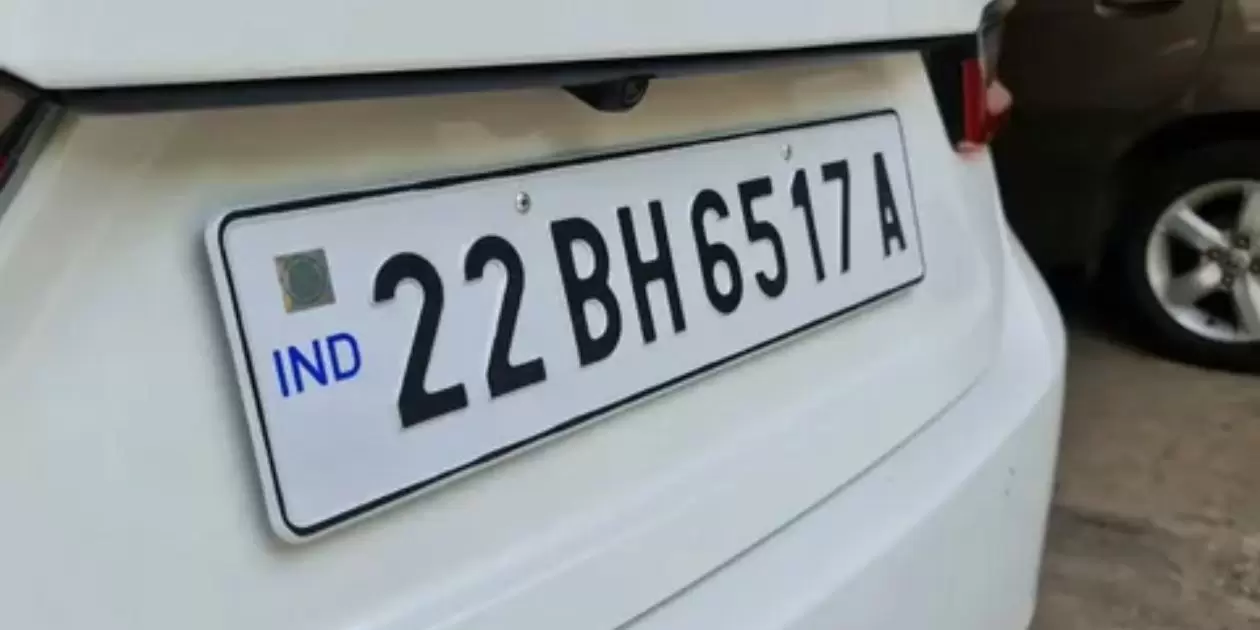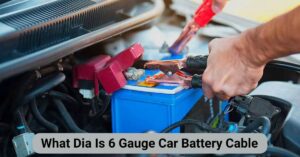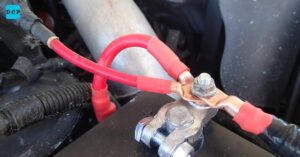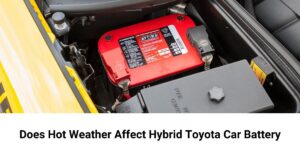Introduction
“Discover which number plate style—4D or gel—boasts superior durability and stands up to the test of time and wear.”
When it comes to customizing your vehicle, number plates are more than just a legal requirement—they’re a statement of style. Among the popular choices today are 4D and gel number plates. Both offer unique aesthetic and functional features, but how do they stack up in terms of durability
In this article, we’ll delve into the details of both types, examining their composition, performance, and real-world reliability to help you determine which style offers the best durability.
Understanding the Composition of 4D and Gel Number Plates
4D number plates are renowned for their three-dimensional effect. They use acrylic digits that are bonded to the plate, creating a raised appearance. This design not only enhances the visual appeal but also adds a layer of protection to the characters. The use of acrylic can help in resisting scratches and impacts better than traditional flat plates.
On the other hand, gel number plates feature a similar three-dimensional effect but use gel-coated characters. The gel provides a soft, cushioned surface, which can absorb impacts and resist wear and tear. The gel layer is typically made from polyurethane or other durable materials, making it highly resistant to the elements.
Putting Durability to the Test
When evaluating durability, both 4D and gel number plates have their strengths. 4D plates are generally robust due to their solid acrylic construction. They are designed to withstand harsh weather conditions, including rain and UV exposure, without significant degradation. The raised letters and numbers are less likely to fade over time compared to traditional designs.
Gel plates, however, offer a different kind of durability. The gel layer can protect against minor impacts and scratches, maintaining its appearance longer. This can be particularly beneficial in urban environments where the risk of minor accidents and abrasion is higher. The gel’s flexibility also helps in maintaining the plate’s integrity under varying temperatures and conditions.
Which Style Comes Out on Top?
Deciding between 4D and gel number plates ultimately depends on your specific needs and preferences. 4D plates are often preferred for their modern aesthetic and long-term durability. They are a good choice if you are looking for a plate that will withstand environmental stresses over time without compromising on style.
Gel number plates, on the other hand, may offer superior impact resistance and a soft-touch feel that some users find appealing. They are ideal for those who value a cushioned surface that can absorb minor shocks and keep the plate looking new for longer.
Real-World Durability: Customer Testimonials

Customer feedback highlights that both types of plates have their loyal fans. Many users of 4D number plates praise their sleek look and the fact that they remain pristine despite exposure to various weather conditions. They often report that these plates show minimal signs of wear, even after extended use.
On the other hand, gel number plates receive commendations for their resilience against minor physical damage. Users appreciate the gel’s ability to maintain the plate’s clarity and readability, even in busy city environments where scratches and scuffs are more common.
Cost Comparison: 4D vs. Gel Number Plates
When it comes to cost, 4D number plates generally fall into the mid to high price range. The cost is influenced by the quality of acrylic used and the complexity of the design. They are usually more expensive than standard plates but offer added value through their enhanced visual appeal and durability.
Gel number plates can vary in price, often slightly lower than 4D plates. The cost-effectiveness of gel plates comes from their simpler manufacturing process. However, the lower price does not necessarily mean lower quality; many gel plates offer comparable durability and a unique aesthetic.
The Ferrari KC23 – A Masterpiece of Design and Engineering?
Installation and Maintenance: What You Need to Know
Installing both 4D and gel number plates is relatively straightforward and usually requires only basic tools. 4D plates are typically attached using screws or adhesive pads. Maintenance is minimal, involving occasional cleaning with a non-abrasive cloth to maintain their appearance.
Gel number plates are also easy to install, often using adhesive backing. They are generally low maintenance, but it’s advisable to clean them regularly to avoid buildup of dirt and grime that could affect their visibility.
Visual Appeal and Design Options
In terms of visual appeal, 4D number plates offer a distinctive 3D effect that can make your vehicle stand out. The acrylic digits can be customized in various fonts and colors, allowing for a high degree of personalization.
Gel number plates also provide a 3D look but with a softer finish. The gel coating can enhance the plate’s appearance with a glossy, high-quality look. Both types offer multiple design options, but the choice between them often comes down to personal taste and the desired visual impact.
Legal Considerations and Compliance

Both 4D and gel number plates must comply with local regulations regarding size, font, and reflective properties. It is crucial to ensure that your plates meet legal requirements to avoid potential fines. Check with your local vehicle registration authority to verify that your chosen plate type adheres to the necessary standards.
Environmental Impact and Sustainability
4D number plates are often made from acrylic, which is not the most eco-friendly material. However, many manufacturers are working towards more sustainable practices by using recycled materials and reducing waste during production.
Gel number plates also face environmental challenges due to the use of synthetic materials. However, advancements in eco-friendly materials are being explored, and some manufacturers are focusing on reducing the environmental footprint of their production processes.
Pros and Cons
| Aspect | 4D Number Plates | Gel Number Plates |
| Pros | ||
| Enhanced Visual Appeal | 3D effect provides a modern and stylish look. | Provides a glossy and high-quality look. |
| Durability | Acrylic is resistant to weather conditions and physical impacts. | Gel coating absorbs minor impacts and scratches. |
| Customizability | Available in various fonts and colors. | Often more affordable than 4D plates. |
| Cons | ||
| Cost | Generally more expensive than traditional plates. | May not be as robust as acrylic under severe conditions. |
| Environmental Impact | Acrylic production can be less sustainable. | Synthetic materials used in gel plates can be less eco-friendly. |
Additional Tips
- Regular Cleaning: Keep both types of plates clean to maintain their appearance and readability.
- Check Local Regulations: Ensure that your plates meet legal standards in your area.
- Avoid Harsh Chemicals: Use gentle cleaning agents to avoid damaging the plate’s surface.
- Proper Installation: Follow manufacturer instructions for installation to ensure longevity.
- Consider Environmental Impact: Choose manufacturers that prioritize sustainability if this is important to you.
Conclusion
In conclusion, 4D number plates and gel number plates each offer distinct advantages in terms of durability and style. 4D plates are known for their robust construction and modern aesthetic, making them a durable choice for those looking for a stylish and long-lasting option.
Gel plates offer superior impact resistance and a unique finish but may not match the durability of acrylic in extreme conditions. Your choice will depend on your specific needs, preferences, and budget. By considering all aspects, from visual appeal to environmental impact, you can select the number plate that best suits your vehicle and lifestyle.

Hi! I’m the admin of Drive Cars Pedia, where I share my passion for cars with you. From reviews to tips, I provide valuable info to help you make informed decisions. Enjoy your visit!








